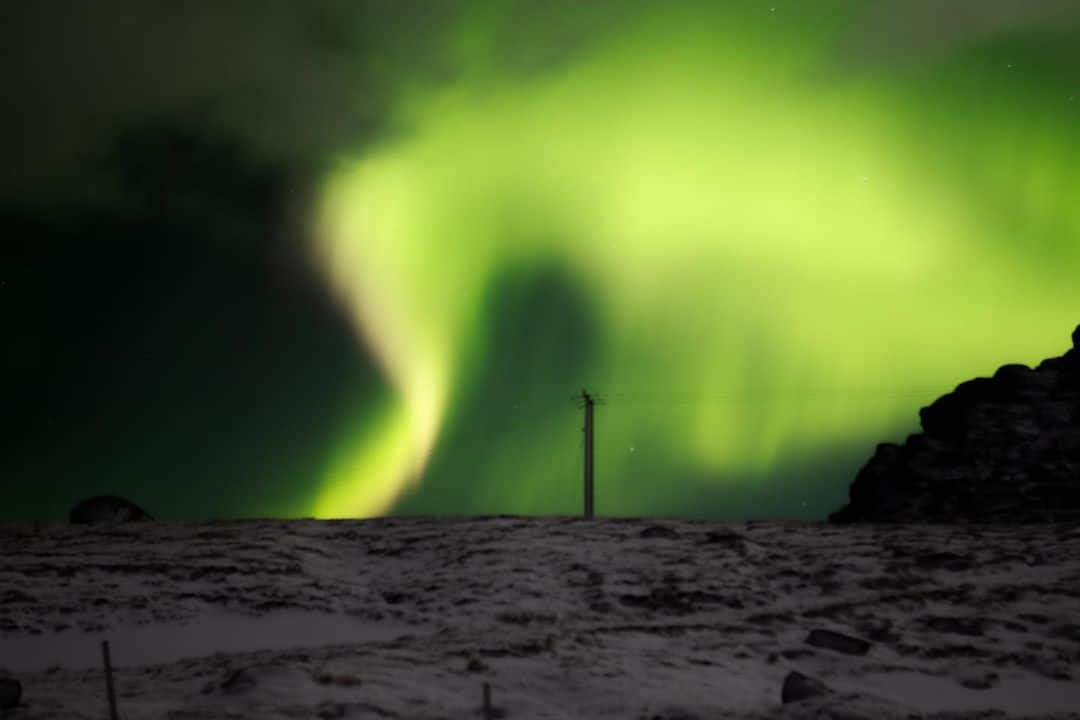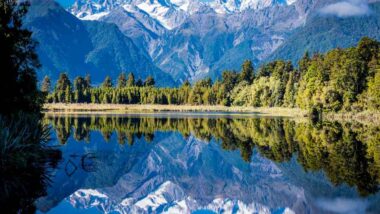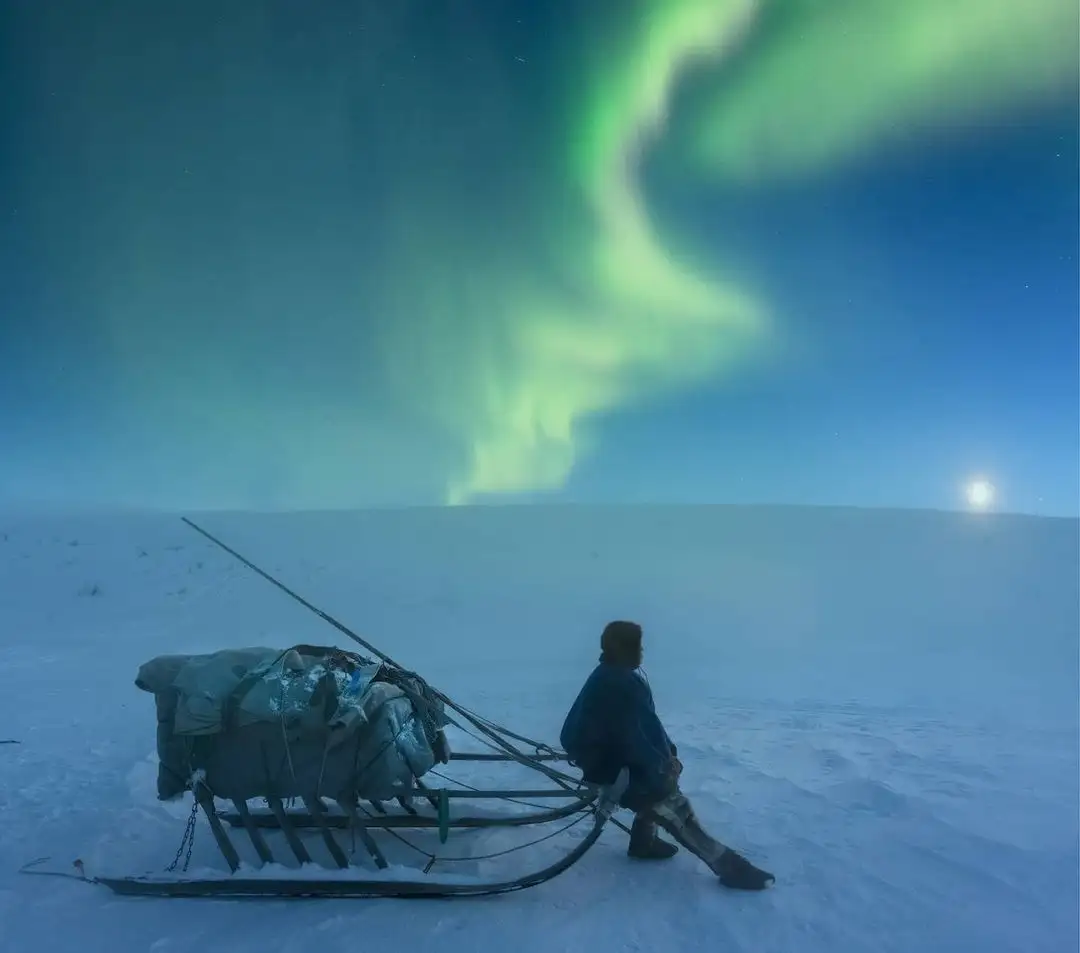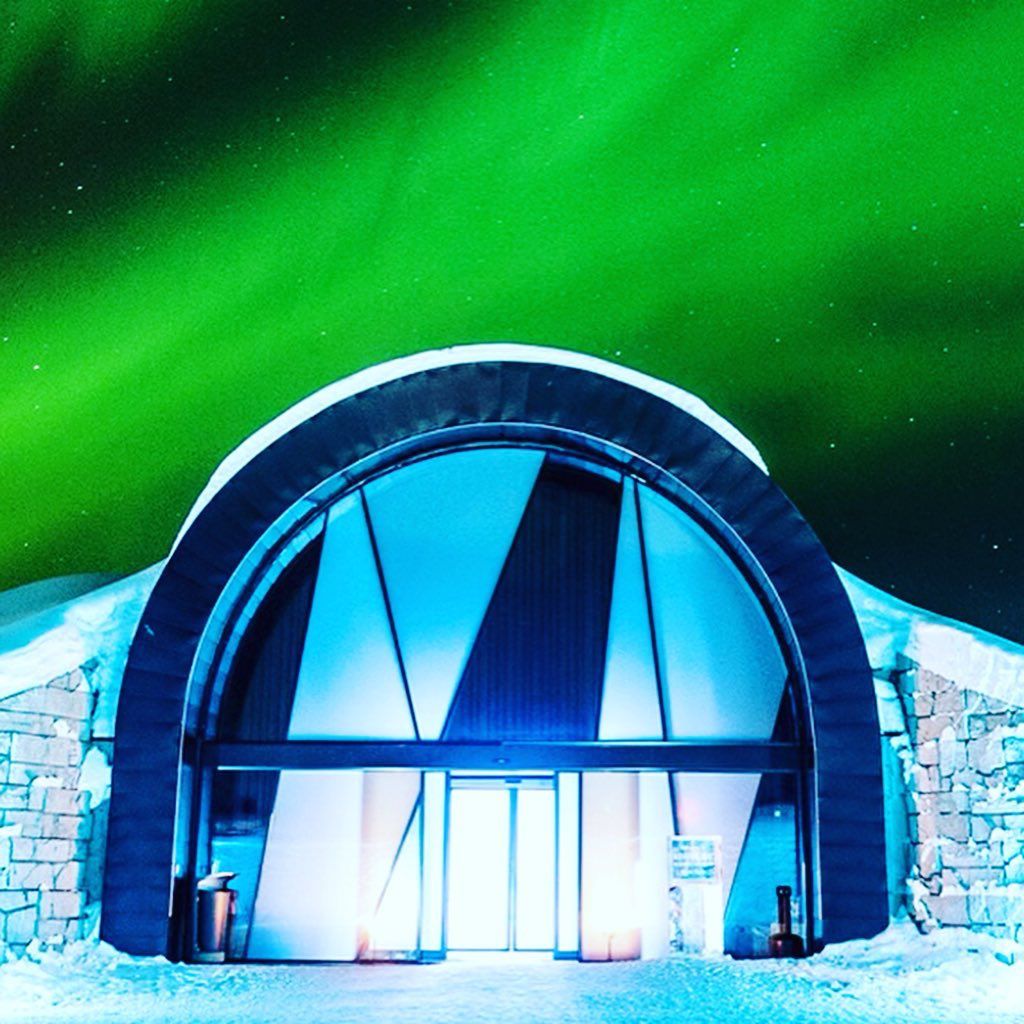Northern Lights: Everything You Need to Know IN 2023

Are you ready to embark on a mesmerizing journey through the night skies? Brace yourself for an extraordinary encounter with the Northern Lights, also known as the Aurora Borealis. These enchanting displays of light are sure to leave you spellbound as you witness nature’s own celestial masterpiece.
In this comprehensive guide, we will delve into everything you need to know about the Northern Lights, ensuring that you are well-prepared to experience their breathtaking beauty firsthand.
From understanding the science behind their creation to discovering the best locations and times for optimal viewing, we’ve got you covered. So, grab your winter gear, keep your eyes peeled, and get ready to chase the dancing colors of the Northern Lights in 2023.
What are the Northern Lights?
The Northern Lights are colorful displays of light that occur in the Earth’s atmosphere near the polar regions. They are caused by interactions between the Earth’s magnetic field and charged particles from the sun. When these charged particles collide with atoms and molecules in the atmosphere, they emit energy in the form of light, creating stunning auroras.
Causes of the Northern Lights
The Northern Lights are a result of the solar wind, which is a stream of charged particles released by the sun. These particles travel through space and can reach the Earth’s atmosphere. When they interact with the Earth’s magnetic field, they are directed towards the polar regions. The charged particles then collide with atoms and molecules in the atmosphere, causing the emission of light and the formation of the Northern Lights.
Best Places to See the Northern Lights
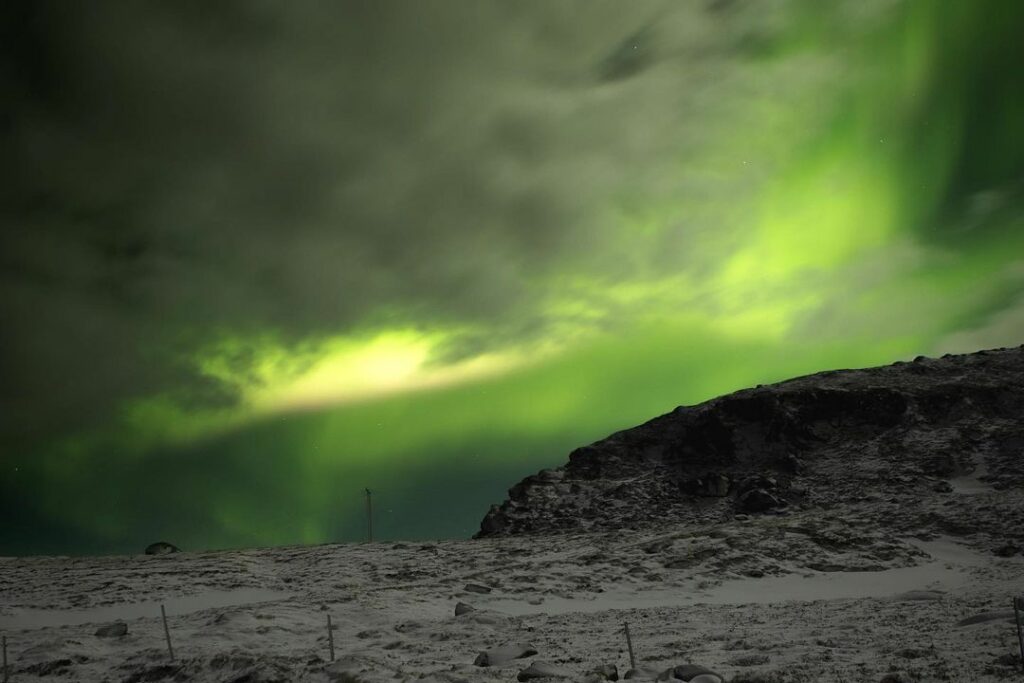
If you’re planning to witness the Northern Lights, there are several incredible destinations to consider. Some of the best places to see the Northern Lights include:
- Tromsø, Norway: Located in the Arctic Circle, Tromsø offers excellent opportunities for Northern Lights sightings due to its clear skies and minimal light pollution.
- Reykjavik, Iceland: With its unique landscapes and geothermal activity, Iceland is a popular destination for experiencing the Northern Lights.
- Fairbanks, Alaska: Situated under the Auroral Oval, Fairbanks provides a high chance of seeing the Northern Lights, especially during the winter months.
- Yellowknife, Canada: Known as the Aurora Capital of North America, Yellowknife is renowned for its vibrant displays of the Northern Lights.
Optimal Times to Witness the Northern Lights
To increase your chances of seeing the Northern Lights, it is essential to visit during optimal times. The best time to witness the Northern Lights is during the winter months when the nights are longer, and the skies are darker. Additionally, it is ideal to visit during periods of high solar activity, such as during the peak of the solar cycle. Keeping track of the aurora forecasts and consulting with local experts can help you plan your trip accordingly.
What to Expect When Viewing the Northern Lights
When viewing the Northern Lights, be prepared for a truly magical experience. The auroras often appear as dancing curtains of light in various colors, including green, pink, purple, and blue. They can change shape and intensity throughout the night, creating a mesmerizing spectacle. It’s important to dress warmly and find a comfortable spot away from city lights for the best viewing conditions.
How to Capture the Northern Lights with Photography
Photographing the Northern Lights can be a challenging yet rewarding experience. Here are some tips to help you capture these ethereal phenomena:
- Use a sturdy tripod to keep your camera stable during long exposures.
- Use a wide-angle lens to capture a larger portion of the sky.
- Set your camera to manual mode and adjust the ISO, aperture, and shutter speed accordingly.
- Experiment with different settings to achieve the desired effect, such as capturing the movement of the lights or freezing them in a single frame.
Popular Myths and Legends Surrounding the Northern Lights
Throughout history, the Northern Lights have been the subject of various myths and legends. In some cultures, they were believed to be spirits or ancestors dancing in the sky. Others saw them as omens of good fortune or impending disaster. Exploring these stories adds an extra layer of wonder to the phenomenon of the Northern Lights.
Scientific Research and Discoveries Related to the Northern Lights
Scientists have conducted extensive research to better understand the Northern Lights. Through their studies, they have made remarkable discoveries, such as the link between solar activity and auroral displays. Research continues to shed light on the complex mechanisms behind this natural phenomenon, providing valuable insights into our planet’s interactions with the sun.
The Cultural Significance of the Northern Lights
The Northern Lights hold great cultural significance for many indigenous communities living in the polar regions. They are often deeply intertwined with local folklore, traditions, and spirituality. The lights serve as a source of inspiration and a symbol of the connection between humanity and the natural world.
Climate Change and the Northern Lights
Climate change poses a potential threat to the Northern Lights. As global temperatures rise, the delicate balance of our planet’s climate systems may be disrupted, affecting the conditions necessary for the occurrence of the Northern Lights. It is crucial to address climate change and reduce our impact on the environment to preserve this remarkable natural phenomenon for future generations.
Tips for Planning a Northern Lights Trip
If you’re planning a trip to see the Northern Lights, here are some tips to help you make the most of your experience:
- Research the best locations and times to visit for optimal viewing conditions.
- Dress in warm layers and bring appropriate cold-weather gear.
- Book accommodations in advance, especially during peak seasons.
- Consider joining a guided tour or hiring a local expert for a more immersive experience.
- Stay updated on Aurora forecasts and be flexible with your travel plans.
Safety Precautions for Viewing the Northern Lights
While witnessing the Northern Lights is a memorable experience, it’s important to prioritize safety. Here are some safety precautions to keep in mind:
- Dress warmly and protect yourself from extremely cold temperatures.
- Be aware of your surroundings, especially when venturing into remote areas.
- Use caution when driving at night in unfamiliar locations.
- Carry essential supplies such as food, water, and a fully charged phone.
- Follow the guidance of local authorities and experienced guides.
Conclusion
the Northern Lights continue to captivate and inspire awe in all who witness their enchanting displays. From their scientific explanations to their cultural significance, there is much to discover and appreciate about these natural wonders. By planning carefully and embracing the magic of the moment, you can create an unforgettable experience that will stay with you for a lifetime.
How much did you like Our detailedInsider Northern Lights: Everything You Need to Know IN 2023? Review Also, please share these Blogs with your friends on social media.
Related Post:-
Northern Lights FAQ
Are the Northern Lights visible all year round?
The Northern Lights are more commonly visible during the winter months when the nights are longer. However, they can be seen throughout the year, depending on solar activity and favorable weather conditions.
Can I predict when and where the Northern Lights will occur?
While it is challenging to predict the exact time and location of the Northern Lights, there are aurora forecast services available that can provide information about solar activity and the likelihood of auroral displays.
Are the Southern Lights the same as the Northern Lights?
No, the Southern Lights, also known as the Aurora Australis, are the Southern Hemisphere’s counterpart to the Northern Lights. They occur near the South Pole and share similar characteristics with the Northern Lights.
Can I hear any sounds during the Northern Lights?
Although the Northern Lights produce beautiful visuals, they do not emit sounds. Any sound you might hear while observing the lights is unrelated to the auroras themselves.
Are there any health risks associated with viewing the Northern Lights?
Generally, there are no health risks associated with viewing the Northern Lights. However, extreme cold temperatures can be hazardous if proper precautions are not taken. It is essential to dress warmly and protect yourself from the cold.

Meet David Hoper, a passionate travel Blog writer with 7+ years of experience in travel content. Through his exemplary storytelling and engaging narratives, he shares his experiences and brings destinations to life. With a keen eye for detail and a love for exploration, he has cultivated a diverse portfolio of travel blogs that inspire and inform readers worldwide.
